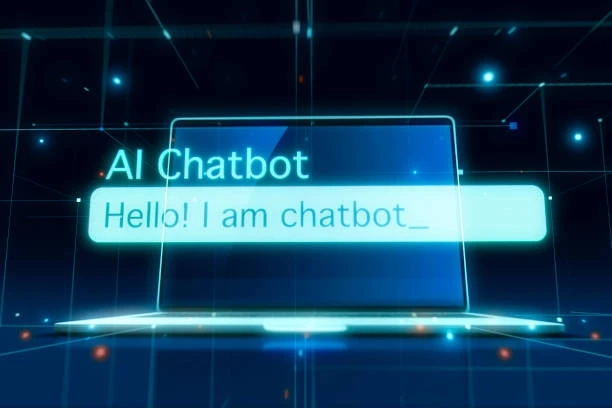With the innovation in the technology there has been an advancement in the use and working of an AI. The most recent innovation in the world of technology is chat GPT. What is chat GPT is the most common question that arises in everybody’s mind. In this blog we will dive into the information about chat GPT. In recent years, the field of artificial intelligence has experienced swift progress, with new advancements and pioneering discoveries arising almost on a daily basis. One of the most intriguing developments in this domain is the emergence of large language models, which are artificial intelligence systems created to comprehend and process human language. Among these language models, one of the most impressive is ChatGPT. Developed by OpenAI, ChatGPT is based on the GPT-3.5 architecture, which is a variant of the GPT-3 model. Like its predecessor, ChatGPT is capable of performing a wide range of natural language processing tasks, including language generation, language understanding, and question answering.
What exactly is ChatGPT?
At its core, ChatGPT is a deep neural network. Neural networks mimic the information processing mechanism of the human brain, and are categorised as a form of machine learning algorithm. In the case of ChatGPT, the neural network is trained on a massive dataset of human language. This includes everything from books and articles to social media posts and chat logs. By analysing this data, the neural network is able to learn the patterns and structures that underlie human language, allowing it to generate responses and understand natural language queries. The way ChatGPT works is that it takes in a prompt – a sentence or phrase – and generates a response based on that prompt. The response is generated by a combination of the model's understanding of language and its memory of previous interactions. This means that ChatGPT is capable of carrying on a conversation that feels natural and responsive, even though it is entirely generated by a machine. One of the most impressive things about ChatGPT is its ability to generate text that is indistinguishable from text written by a human. This is achieved through a process called Fine-tuning. By fine-tuning the model on a dataset of human-written text, it is able to learn to generate text that is stylistically and grammatically consistent with that dataset. Of course, there are still limitations to ChatGPT's capabilities. While it is able to generate convincing responses to many queries and prompts, it is not infallible. There are still cases where it may generate responses that are nonsensical or irrelevant to the prompt.
Advantages of Chat GPT:
Natural language processing: ChatGPT possesses the capability to process and comprehend natural language, making it a potent tool for virtual assistants, chatbots, and other applications that require human-like communication.
Large-scale learning: ChatGPT has been trained on a massive dataset of human language, giving it a deep understanding of the nuances of language and the ability to generate responses that feel natural and responsive.
Rapid response time: ChatGPT is able to generate responses quickly, making it ideal for real-time applications like customer service chatbots.
Customizability: ChatGPT can be fine-tuned on specific datasets or tasks, allowing it to be customised for a wide range of applications and industries.
Disadvantages of Chat GPT:
Limited context: While ChatGPT is able to generate responses based on the context of a given prompt, it may not always have access to all of the relevant information. This can lead to responses that are incomplete or inaccurate.
Dependence on training data: ChatGPT's performance is heavily dependent on the quality and relevance of the training data it is fed. If the training data is biased or incomplete, the model may produce biased or incomplete responses.
Inability to reason: While ChatGPT is able to generate responses based on patterns and structures in human language, it does not have the ability to reason or understand concepts in the same way that humans do.
Conclusion:
Chat GPT is a powerful tool for natural language processing, with a wide range of potential applications in fields like customer service, healthcare, and education. However, it is not without its limitations, and developers should be aware of its dependence on training data and limited ability to reason. Personally as a blog writer I tried gaining some knowledge about audible affiliates using chat GPT and to my surprise it provided me with accurate results. Overall, ChatGPT represents a significant breakthrough in artificial intelligence and has the potential to revolutionise the way we interact with machines.


